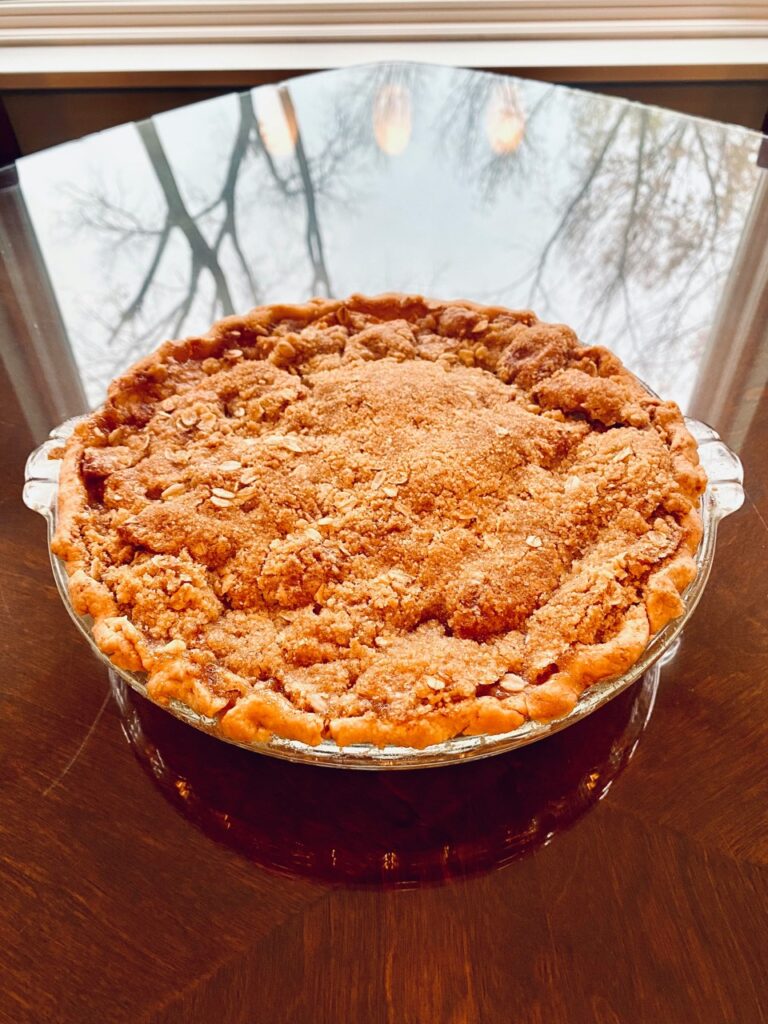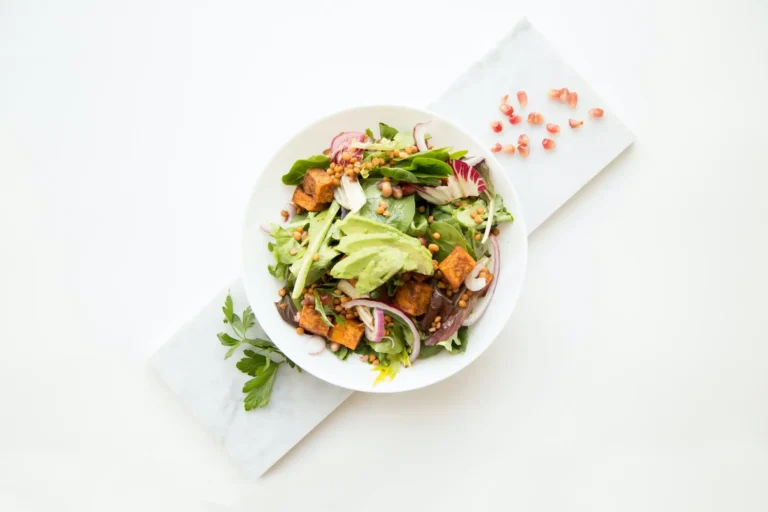Hibiscus Tea: Health Benefits and Brewing Tips
Let’s explore hibiscus tea! This caffeine-free herbal drink is known for its tart, fruity taste and health benefits. We’ll look at its history, potential health perks, and how to make it. Hibiscus tea has been enjoyed for centuries and is popular with tea lovers and health-conscious people today.
Key Points about Hibiscus Tea
- Vibrant, caffeine-free herbal tea with a tart, fruity flavour
- Rich in antioxidants and vitamin C
- May help lower blood pressure and support heart health
- Can be enjoyed hot or cold, with various creative preparations
- Easy to brew at home with proper techniques
- Has a long history of traditional use in many cultures
- Potential benefits for digestion and weight management
- Versatile ingredient in culinary applications
The Origins and History of Hibiscus Tea
Hibiscus tea comes from the Hibiscus sabdariffa plant, which grows in warm places. People have used this plant for hundreds of years as medicine and food. Its story shows how different cultures have shared ideas and loved natural remedies.
In ancient Egypt, pharaohs loved hibiscus tea. They thought it was good for health and helped them stay cool in the hot desert. They even used it in their burial ceremonies, showing how important it was to them.
In Africa, people used hibiscus tea as medicine. Different areas had their own ways of making and using it, like for fevers or high blood pressure. In West African countries like Senegal and Mali, they call it bissap and it’s still very popular.
In the Caribbean, people added spices to hibiscus tea. In Jamaica, they call it sorrel and drink it during Christmas. They mix it with ginger, cinnamon, and sometimes rum to make a special holiday drink.
Hibiscus spread around the world through trade and exploration. Europeans brought it back to their countries, where people liked it as a new and healthy drink. Now, it’s enjoyed all over the world with different names like sorrel, agua de Jamaica, and karkade. Each place has its own special way of making and enjoying hibiscus tea.
Health Benefits of Hibiscus Tea
Hibiscus tea isn’t just tasty – it might be good for you too! Let’s look at some ways this bright red tea could help your health, based on what scientists and traditional healers have found:
1. Heart Health Helper: Studies show that hibiscus tea might help lower blood pressure. One study found that drinking it every day for six weeks lowered blood pressure by about 7 points. This could be good news for people who want to take care of their heart naturally. The tea has special ingredients called anthocyanins that help blood vessels relax and improve blood flow.
2. Antioxidant Powerhouse: Hibiscus is full of antioxidants, which protect your body from harmful things called free radicals. These antioxidants might help prevent damage to your cells and reduce the risk of long-term illnesses. One study found that hibiscus tea has more antioxidants than some other herbal teas.
3. Digestive Support: Some people find that hibiscus tea helps with digestion and keeps them hydrated. It might help your body make digestive juices and keep your gut healthy. People have used it for a long time to help with stomach problems and to stay regular. It can also help flush out toxins from your body.
4. Weight Management Helper: While it’s not a magic solution, some studies suggest hibiscus tea might help with weight management. It could help reduce body fat and improve metabolism, but more research is needed. One study found that hibiscus extract helped prevent weight gain in mice, but we need more studies on humans to be sure.
5. Immune System Boost: Hibiscus tea has vitamin C, which is important for your immune system. Drinking it regularly might help you fight off colds. The vitamin C and other helpful compounds in hibiscus can strengthen your body’s natural defenses against sickness.
Rich in Antioxidants
Protects body from harmful free radicals and reduces oxidative stress
Supports Heart Health
May reduce systolic blood pressure by an average of 7.2 points
Aids Digestion
Stimulates digestive juices and supports gut health
Boosts Immune System
Good source of vitamin C, which supports immune function
Remember, while these benefits sound good, it’s always best to talk to a doctor before using hibiscus tea as medicine, especially if you have health problems or take medications. Hibiscus might interact with some medicines, like those for high blood pressure or diabetes, so it’s important to check with a doctor first.
How to Brew the Perfect Cup of Hibiscus Tea
Now that we know about the health benefits, let’s learn how to make a delicious cup of hibiscus tea. Whether you like it hot or cold, here’s a simple guide to help you make the perfect tea:
1. Start with Good Ingredients: Use fresh, high-quality hibiscus tea bags or dried hibiscus flowers. The quality of what you use will make a big difference in how your tea tastes and how good it is for you. Look for organic hibiscus flowers or tea bags from good brands to get the best tea.
2. Water Temperature: Boil water (100°C or 212°F). Using the right water temperature is important to get all the flavor and good stuff out of the hibiscus. If you have an electric kettle that lets you set the temperature, use 100°C. If you live in a high place, remember that water boils at a lower temperature, so you might need to brew your tea a little longer.
3. Steeping: For tea bags, let them sit in the hot water for 5-7 minutes. If you’re using loose flowers, use 1-2 teaspoons for each cup and let them sit for 5-10 minutes. The longer you let it sit, the stronger and more sour it will taste. Try different times to find what you like best. For a milder taste, start with 5 minutes. If you like it stronger, you can let it sit for up to 10 minutes.
4. Sweetening (If You Want): Hibiscus tea is naturally sour. If you like, you can add honey, sugar, or another sweetener. Natural sweeteners like stevia or agave nectar are good if you’re watching your sugar. For a different flavor, try adding a cinnamon stick or some fresh ginger slices while it’s brewing.
5. Serving: You can drink it hot, or let it cool and add ice for a refreshing cold drink. For hot tea, try adding a slice of lemon or orange to bring out the citrus taste. For iced tea, make it stronger (use more hibiscus or let it steep longer) because the ice will water it down. You can make a big batch and keep it in the fridge for up to 3 days.
Pro Tip: To make it even tastier, try adding a cinnamon stick, a slice of ginger, or some mint leaves while it’s brewing. These can go well with the sour taste of hibiscus and add their own health benefits. Try different combinations to make your own special hibiscus blend.
Creative Ways to Enjoy Hibiscus Tea
Hibiscus tea isn’t just for drinking hot. Here are some fun ways to use this tasty tea in your daily life, both for drinking and cooking:
1. Hibiscus Iced Tea: Make strong hibiscus tea, let it cool, and serve it over ice with some lemon for a refreshing summer drink. This bright red drink is perfect for hot days. You can add sliced strawberries, cucumber, or fresh mint to make it even tastier and prettier.
2. Hibiscus Lemonade: Mix cold hibiscus tea with fresh lemonade for a tangy, colorful twist on regular lemonade. This mix creates a perfect balance of sweet and sour. For grown-ups, you can add a splash of vodka or gin to make a cocktail.
3. Hibiscus Smoothie: Add some cold hibiscus tea to your morning smoothie for extra antioxidants and a pretty pink color. Blend it with berries, banana, and yogurt for a healthy breakfast or after-workout snack. Hibiscus goes especially well with sweet fruits like mango or pineapple.
4. Hibiscus Popsicles: Pour sweetened hibiscus tea into popsicle molds to make healthy, homemade frozen treats. You can add pieces of fresh fruit or a swirl of yogurt for more texture and nutrition. These popsicles are delicious and help you stay hydrated in hot weather.
5. Hibiscus Cocktails: Use hibiscus tea as a base for cocktails or mocktails. It goes well with gin, vodka, or rum for grown-up drinks. Try a Hibiscus Margarita by mixing hibiscus tea with tequila, lime juice, and a bit of agave syrup. For a non-alcoholic version, mix hibiscus tea with sparkling water and a splash of fruit juice.
6. Hibiscus Salad Dressing: Mix cold hibiscus tea with olive oil, honey, and a little mustard to make a unique, tangy salad dressing. This bright dressing can add color and flavor to your salads. It works really well with mixed greens, goat cheese, and nuts.
Remember, the best way to enjoy hibiscus tea is to experiment. Don’t be afraid to mix it with other herbs, fruits, or spices to create your perfect blend! Whether you want a refreshing drink, a healthy snack, or a unique ingredient for cooking, hibiscus tea offers lots of possibilities. You can use it in both hot and cold recipes, making it a great addition to any kitchen or bar.
Conclusion
Hibiscus tea is more than just a pretty pink drink. With its long history, potential health benefits, and versatile flavor, it’s a great addition to any tea lover’s collection. From ancient times to today’s wellness trends, hibiscus tea has shown it can adapt and remain popular across different cultures and times.
Whether you drink it hot on a cold night, enjoy it iced on a summer day, or use it in creative recipes, hibiscus tea offers many possibilities. It might help your heart, boost your immune system, and provide lots of antioxidants, making it not just a tasty drink but potentially good for your health too.
As you explore hibiscus tea, remember that quality is important. Choose good hibiscus tea bags or loose flowers for the best flavor and potential health benefits. Pay attention to where your tea comes from and how it’s made, as these things can affect its quality and effectiveness.
Most importantly, have fun finding your perfect brew! Whether you like it plain and sour, sweetened with honey, or mixed into new recipes, there’s a way to enjoy hibiscus tea that’s just right for you. Don’t be afraid to try different brewing methods, add-ins, and ways of serving to find what you like best.
So why not make yourself a cup of this ruby-red delight? Your taste buds and your body might thank you. As you sip your hibiscus tea, think about the long journey this simple flower has made from ancient gardens to your cup, and all the tradition, culture, and potential health benefits it brings with it. Happy brewing!







